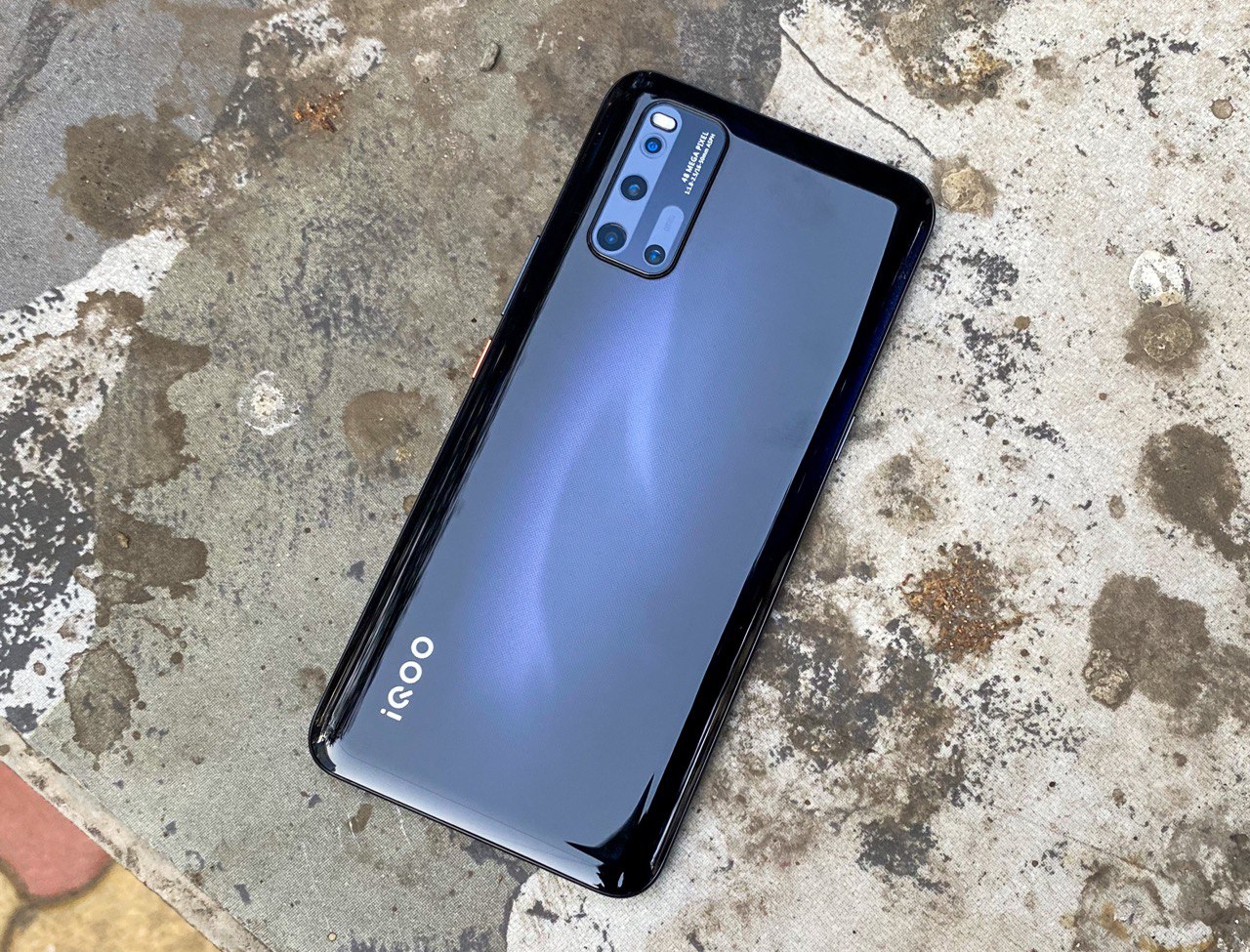
In the race of bringing the 5G enabled device to India, after Vivo’s sub-brand and operating as a separate entity in India announced their first device, the iQOO 3 5G in India, other smartphone makers wanted to catch up and abruptly announced their set of devices. Nevertheless, iQOO has launched the iQOO 3 and iQOO 3 5G in India with top-notch specifications such as Snapdragon 865 SoC, quad-lens rear camera setup, and UFS 3.1 storage. Well, here is our iQOO 3 Review after using it for an ample amount of time.
iQOO 3 Review
Design and Display
The device upon holding feels like a fresh device out of this world. With the design language, iQOO did a great job to get the device to the premium segment with the punch-hole camera, curvy edges, and back. On the front, you have a huge 6.44-inch display with a bit of chin and almost no bezels. The earpiece is housed in the top edge with a horizontal grill design. Turning the device to the opposite side, you have a quad-lens rear camera setup housed in a vertical panel to one side.
The camera bump arises concern about rigidity and durability, but the lens is made to be tough to handle any kind of rough surfaces where the device is placed. Below the camera module, parallelly you get the iQOO branding which is eye-catchy.
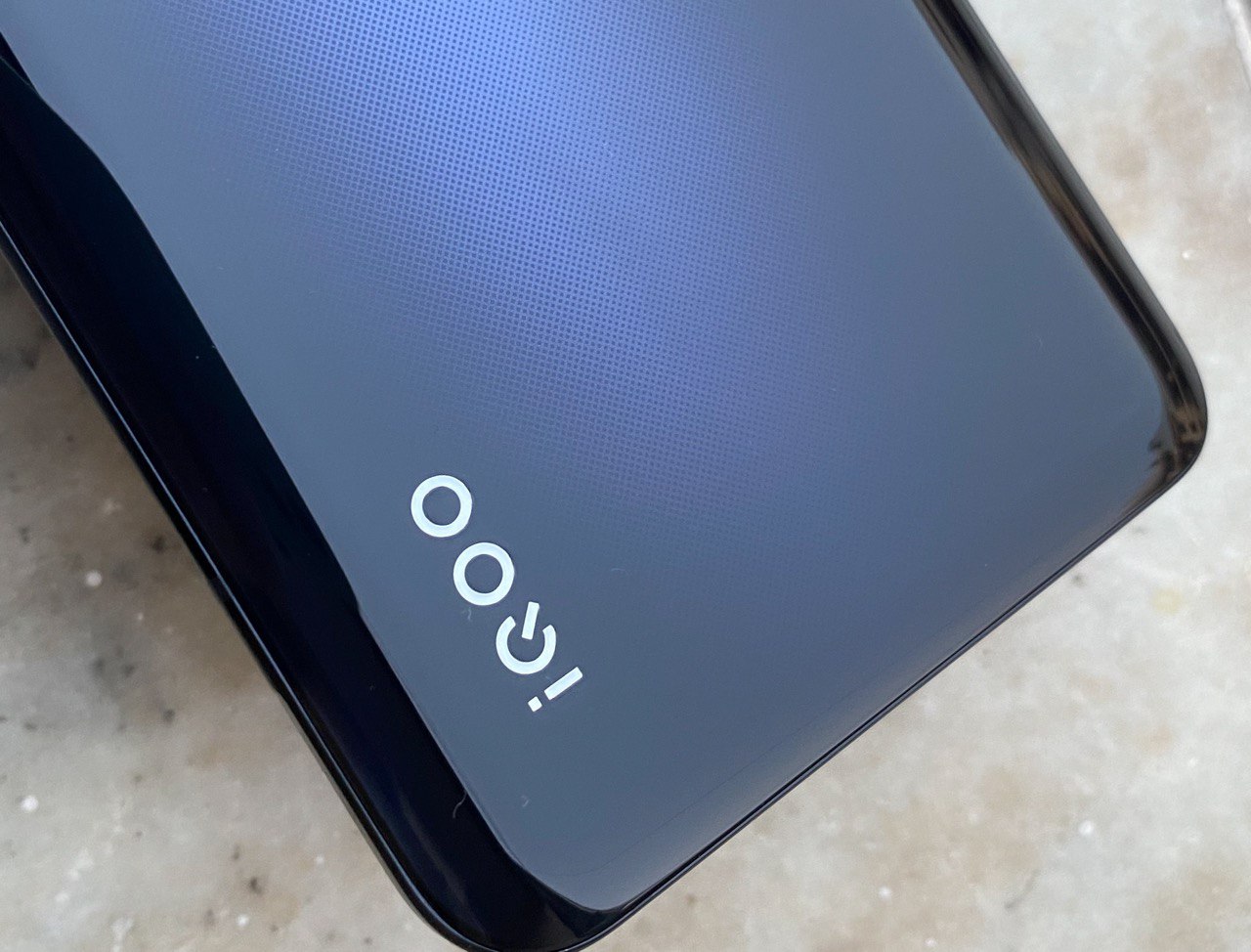
Coming to the buttons, the power button is placed on the right panel with a orange-colored theme along with the volume rockers. The SIM tray is placed on the bottom panel along with a dedicated AI button on the left-hand side. On the top panel, we have the secondary noise-cancellation microphone including the 3.5mm headphone jack and on the bottom panel, we have a speaker grill to house the primary speaker and microphone, and the USB Type-C charging port.
Overall, the buttons feel great to click, tactile and the feedback is good too. The vibration motors feel good and the phone just clicks perfectly in your hand when you hold it. The fingerprint sensor is placed upfront, comes as an in-display fingerprint sensor and works pretty well. The work on design here is just excellent and the device is just looks and feels so good.
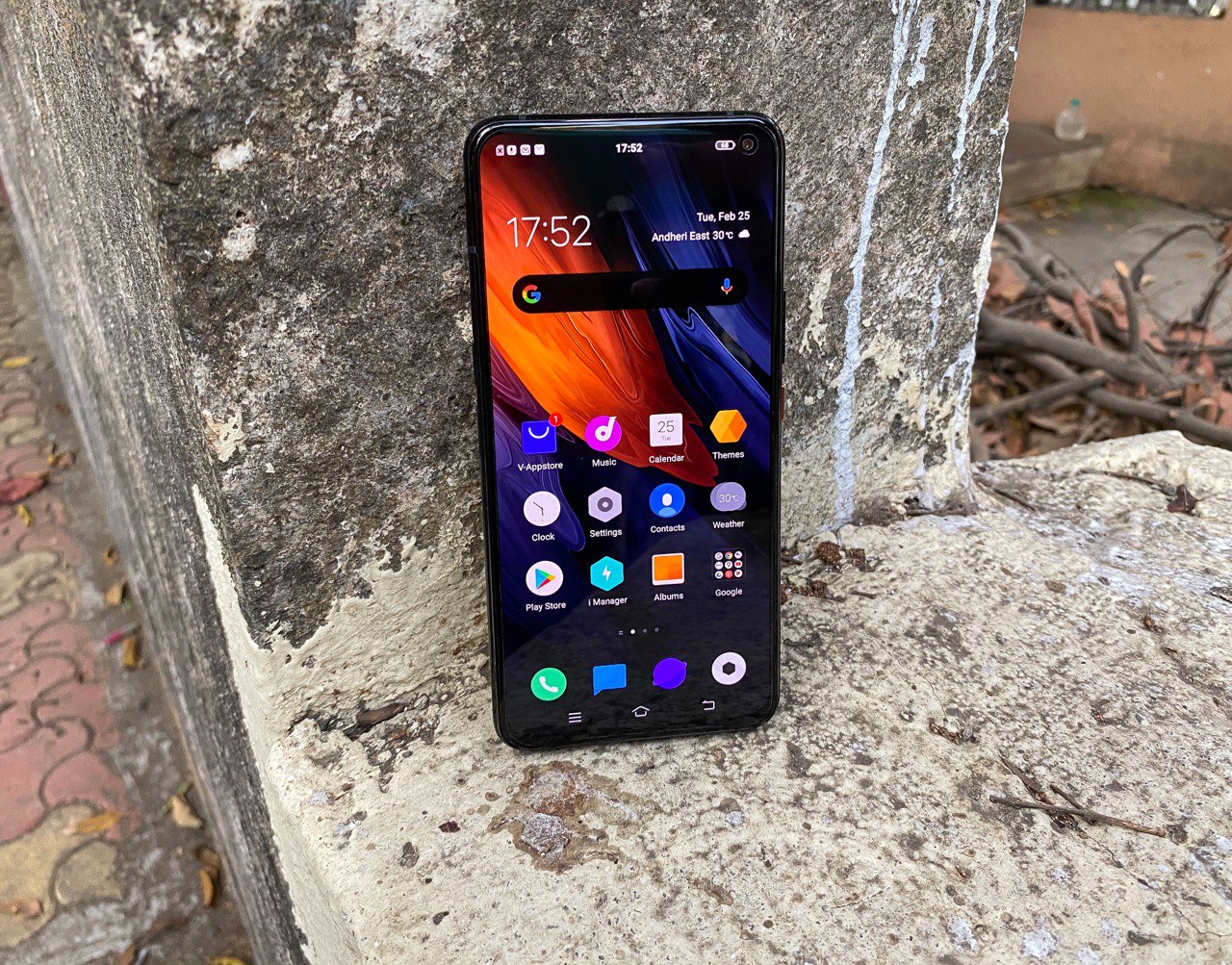
The iQOO 3 comes with a huge 6.44-inch Super AMOLED with a 2400 x 1800 pixel resolution. The color reproduction is impressive with the right amount of saturation. It can be used in broad daylight but struggles a bit like any other device under direct sunlight. But the fact that iQOO has missed out on the higher refresh rate display like a 90Hz one keeps nagging which probably makes for the only downside of this device.
Software and Performance
The iQOO 3 comes with iQOO UI out of the box based on Android 10 which is a great deal and the promises of further Android updates are also satisfying. In terms of features, iQOO UI is unlike the FunTouch OS and offers much more usability. It is feature-rich, has loads of customization options, and is neat like stock android experience.
The iQOO UI comes with loads of customizations such as a system-wide dark mode. With the Android 10, the iQOO UI does come with its own set of bloatware and in-built apps. Also, the UI did seem a bit unresponsive at times but it is fixable via OTA updates.
The iQOO 3 comes with the Snapdragon 865 under the hood bundled with 8GB of RAM and 128GB UFS 3.1 storage. The device plays comfortably and handles any number of multiple tasks pretty easily without any lag whatsoever. The 8GB of RAM combined with the chipset here makes the most out of the device in terms of performance. In the tests, the device never ceased to amaze me with its speed. With multiple tabs of browsing, heavy games in recent apps including other streaming apps, the iQOO 3 never slowed down to my surprise.
Coming to gaming, we played PUBG Mobile and Call of Duty Mobile at their highest graphics settings possible and never did we face any kind of frame drop or rendering issues. To prove the gaming smartphone tag, the iQOO 3 comes with capacitive air trigger buttons placed where your index fingers rest while gaming giving you a joystick-like feeling. Again, the headphone jack position is something that iQOO didn’t work on properly because even with the in-box earphones with an L-shaped adapter, it is quite hard to grip the device properly while gaming.
The iQOO 3 comes with the 60Hz display but has a screen response rate of 180Hz. Also, the 4D vibration motor brings in a great experience of haptic feedback while firing in shooting games. The gaming mode works pretty great by blocking out notifications, muting calls and the same with all the other interruptions. Below are the scores of various benchmark tests for you to check.
Cameras: iQOO 3 Review
Finally coming to the cameras, the iQOO 3 comes with a quad-lens rear camera setup with a 48MP primary sensor with f/1.8 aperture, two 13MP sensors on either side of the focal length spectrum with f/2.5 aperture (2x optical zoom) and f/2.2 aperture, and a 2MP depth sensor with f/2.4 aperture for portrait shots. On the front, you get a 16MP selfie shooter housed in the punch hole.
The photos taken with the primary sensor come out well in good lighting conditions and colors also look impressive. The photos are combined using pixel binning technology, and there is also an option for eye-tracking autofocus. To check the dynamic range, you can get out there and click some photos that include clouds in daylight.
The ultra-wide-angle lens gives a decent amount of dynamic range, and gives a good view of what’s around but lacks in detail when compared to the primary sensor. Although the colors are almost the same with both the primary and ultra-wide-angle lens, there is a bit of lens glare while taking photos in bright conditions.
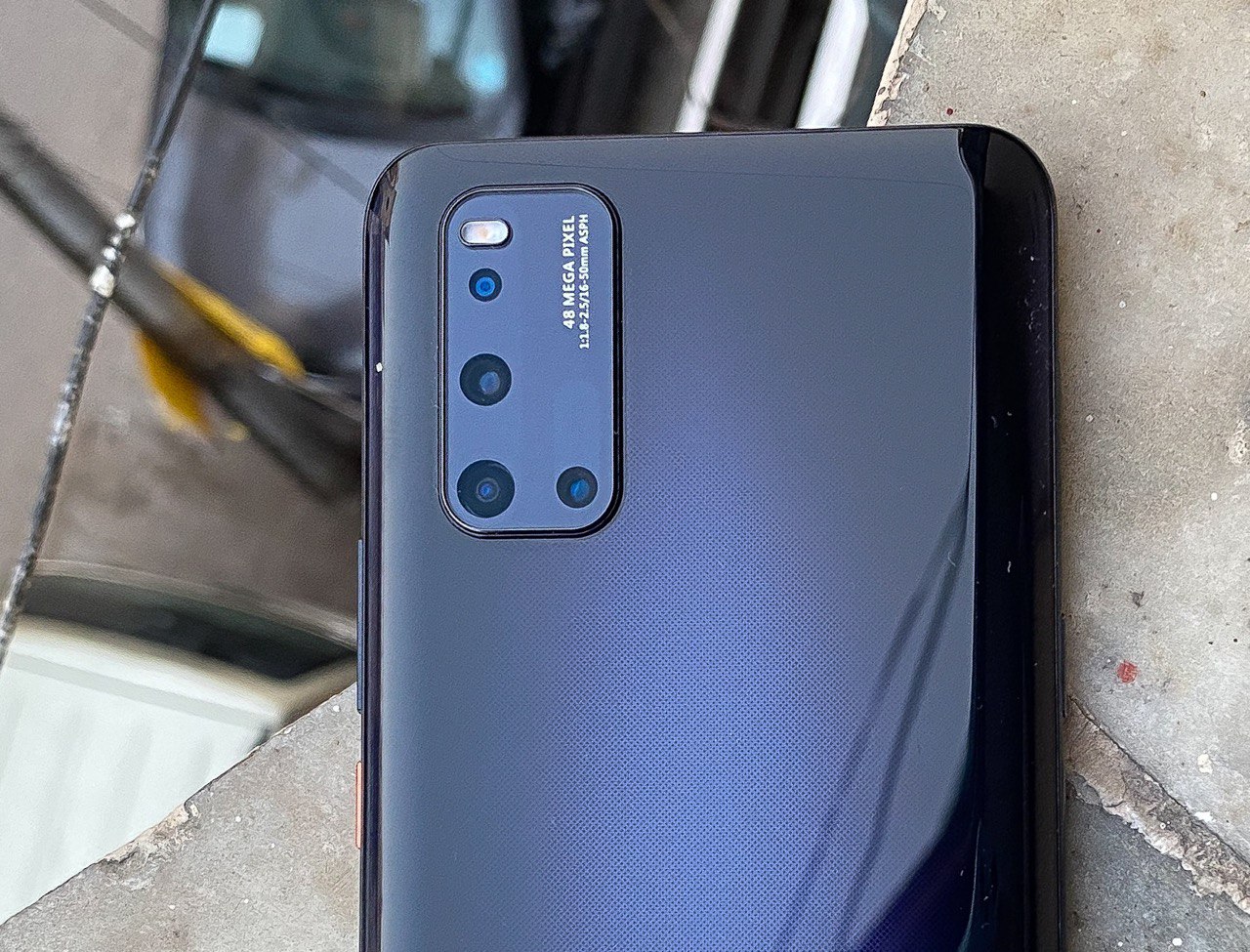
The telephoto lens is here to offer the 2x optical zoom and the images did come out pretty good given good light conditions. This can also be extended up to 20x zoom which is the last extent. Here, the zoom level up to 10x looks pretty great when compared to the other devices in the competition. Also, the ultra-wide-angle lens here doubles up as a macro lens to take close-up shots.
Talking about the portrait mode, the stock camera app does pretty with the edge-detection but you can unlock more capabilities with the GCam mods as and when they are out. The selfies are also good in quality, details, and colors and the portrait selfie mode is also decent. You can check out the samples for yourself below.
[embed-google-photos-album “https://photos.app.goo.gl/y1f6odtv66R9Tw2H7”]
Battery
The iQOO 3 packs a 4400 mAh battery and comes with support for the insanely quick 55W fast charging. Talking about battery life first, for a hardcore user like me, I averaged about 5 to 6 hrs of SoT which is pretty good considering the heavy usage that included some gaming, video streaming, browsing, and social media for the most part.
The device comes with a 55W Super FlashCharger inside the box with which, the device can be charged from 0% to 100% in about 40 min and it takes about 15 min to charge from 0 to 50%. Also, the charger comes with an angled capsule-shaped connector which helps the users to game while the device is put to charge. But obviously, with the 55W charging speeds, it juices up pretty quickly while you fill a couple of water bottles at home.
Verdict: iQOO 3 Review
The iQOO 3 is priced at Rs. 39,990 for the 4G, 8GB + 256GB variant and Rs. 44,990 for the 5G, 12GB + 256GB variant. With the latest Snapdragon 865, performance is always at peak and the cameras as exceptional given you have the hands to take those perfect snaps. The only downside which will probably keep nagging if you used a 90Hz refresh rate before is the lack of it. If you are someone looking to buy a smartphone at this price, the lack of it shouldn’t bother you. That’s it for our iQOO 3 review.
Pros
- Top of the Line Specifications
- Decent Camera performance
- One of the first 5G smartphone in the country
- 55W fast charging technology
- Air Triggers for gaming
- Ultra Game mode
- Minimalistic Front Camera cutout
Cons
- Lack of high refresh rate display
- iQOO UI still needs development
- No wireless charging support
- No water resistance

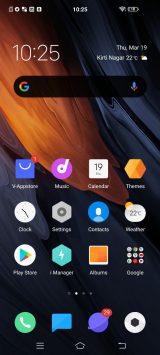
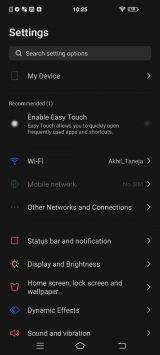





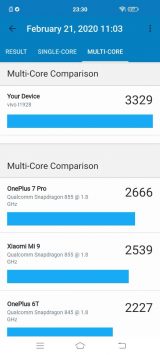
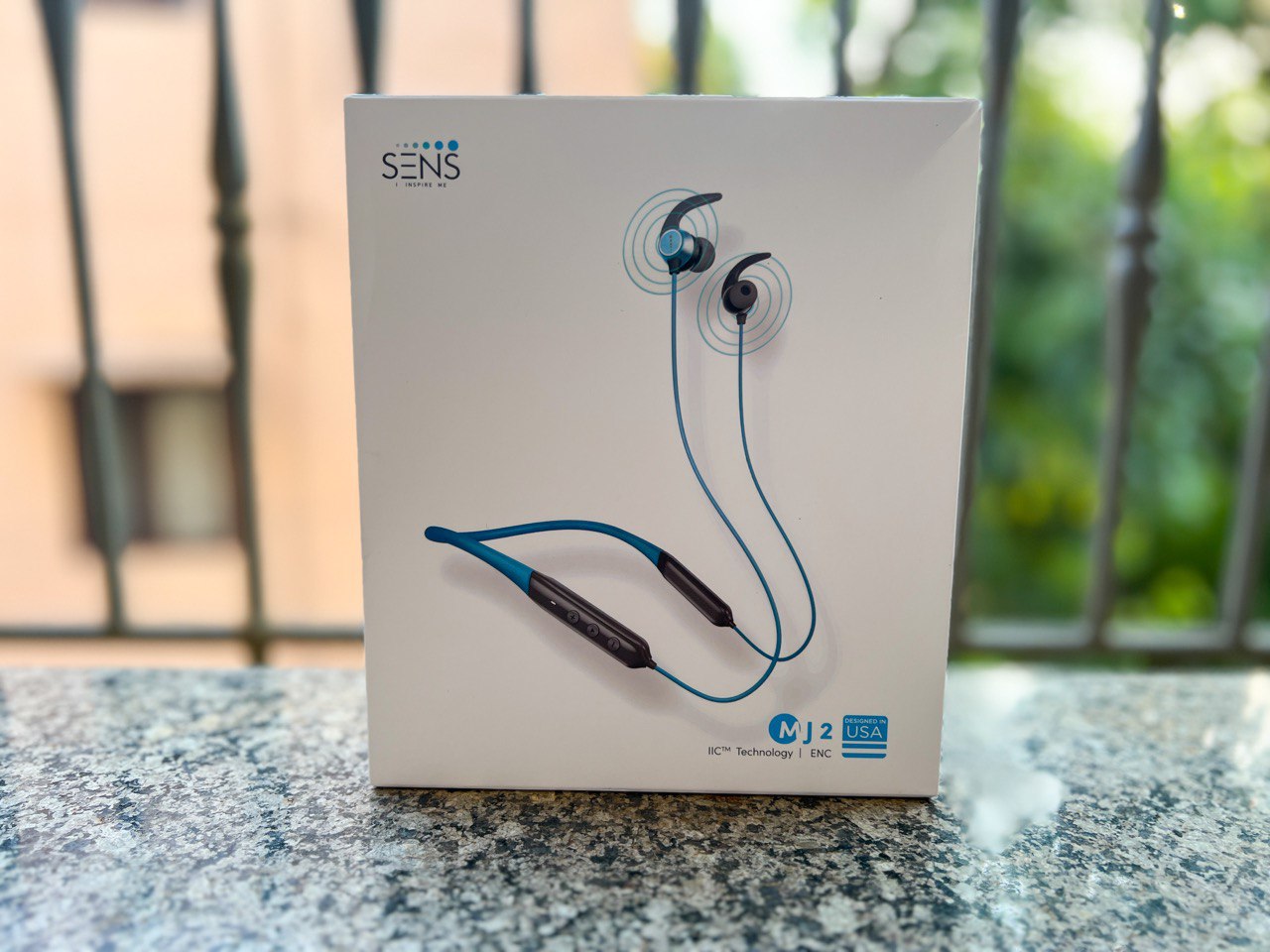
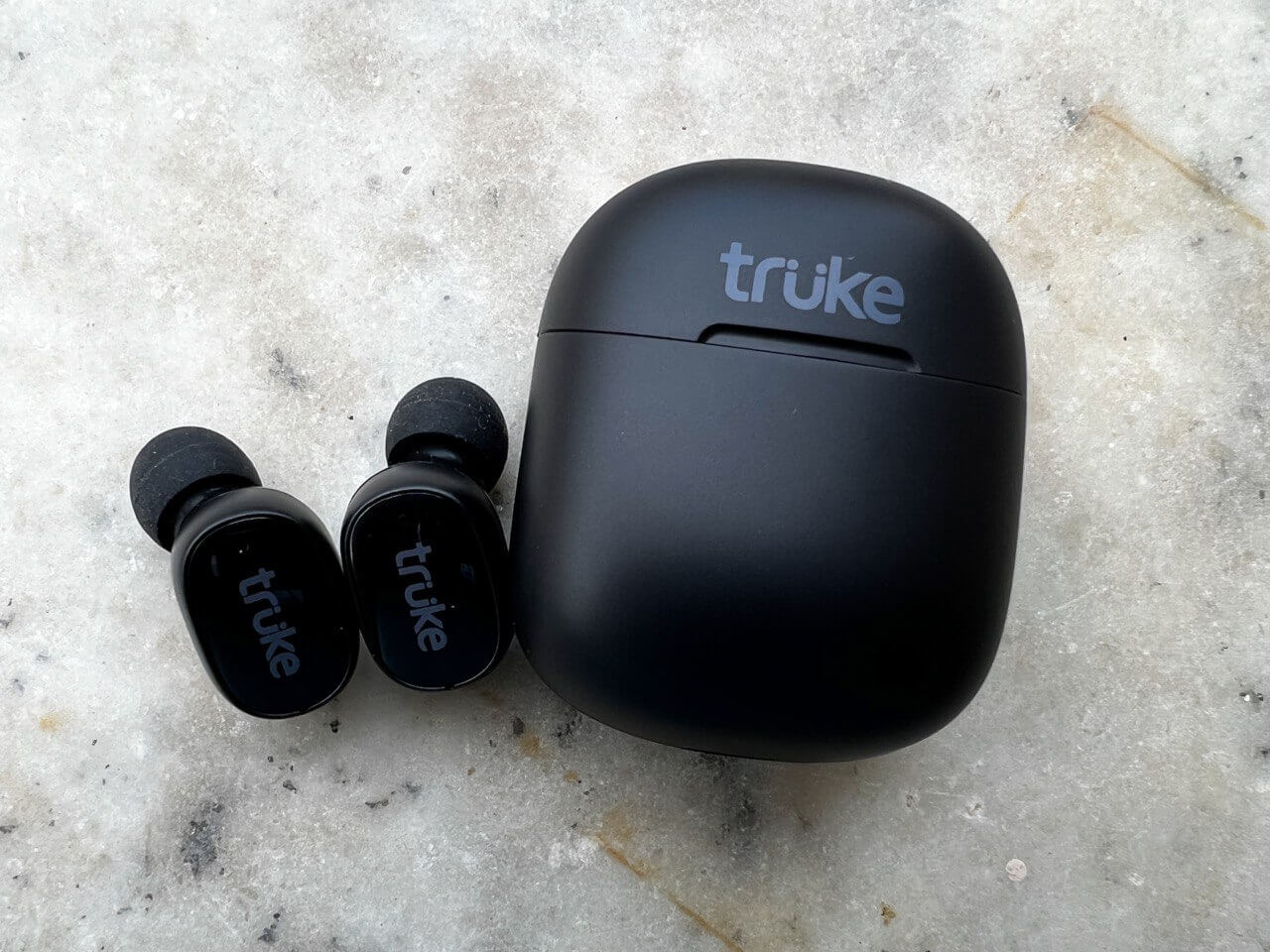

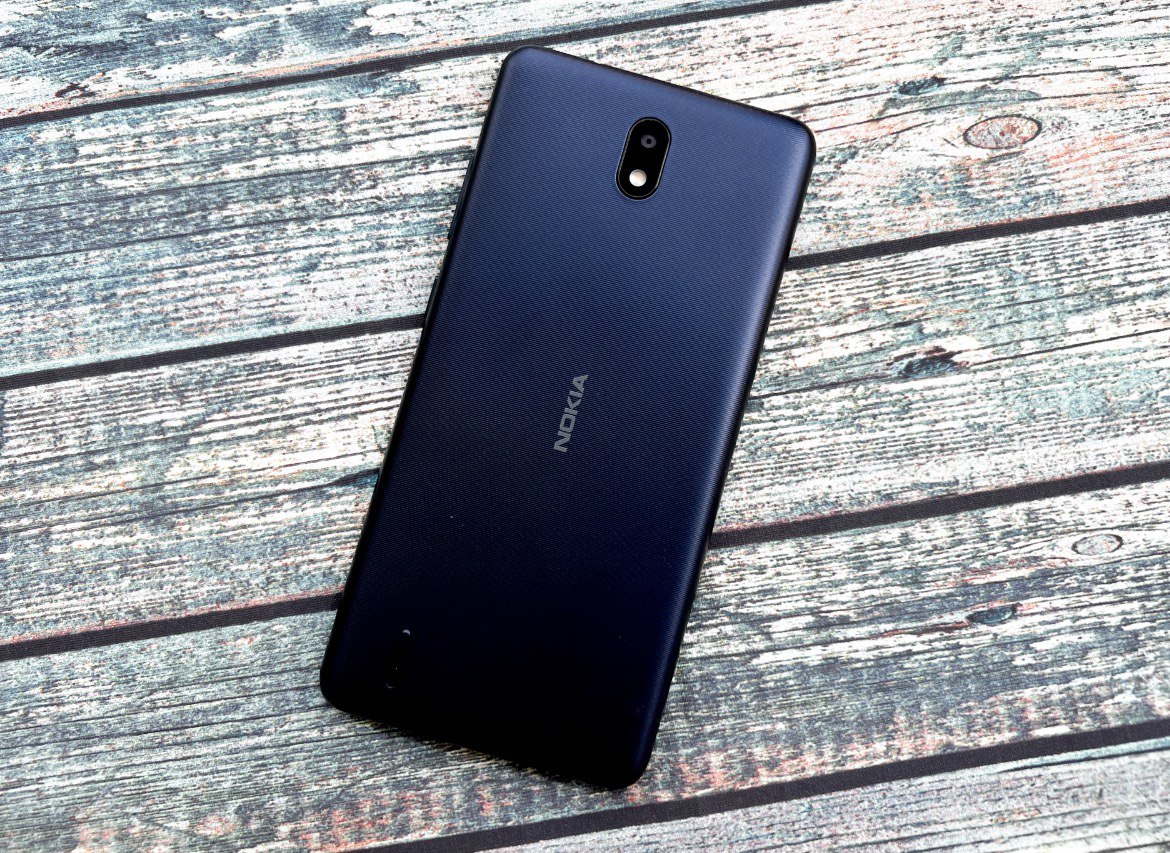
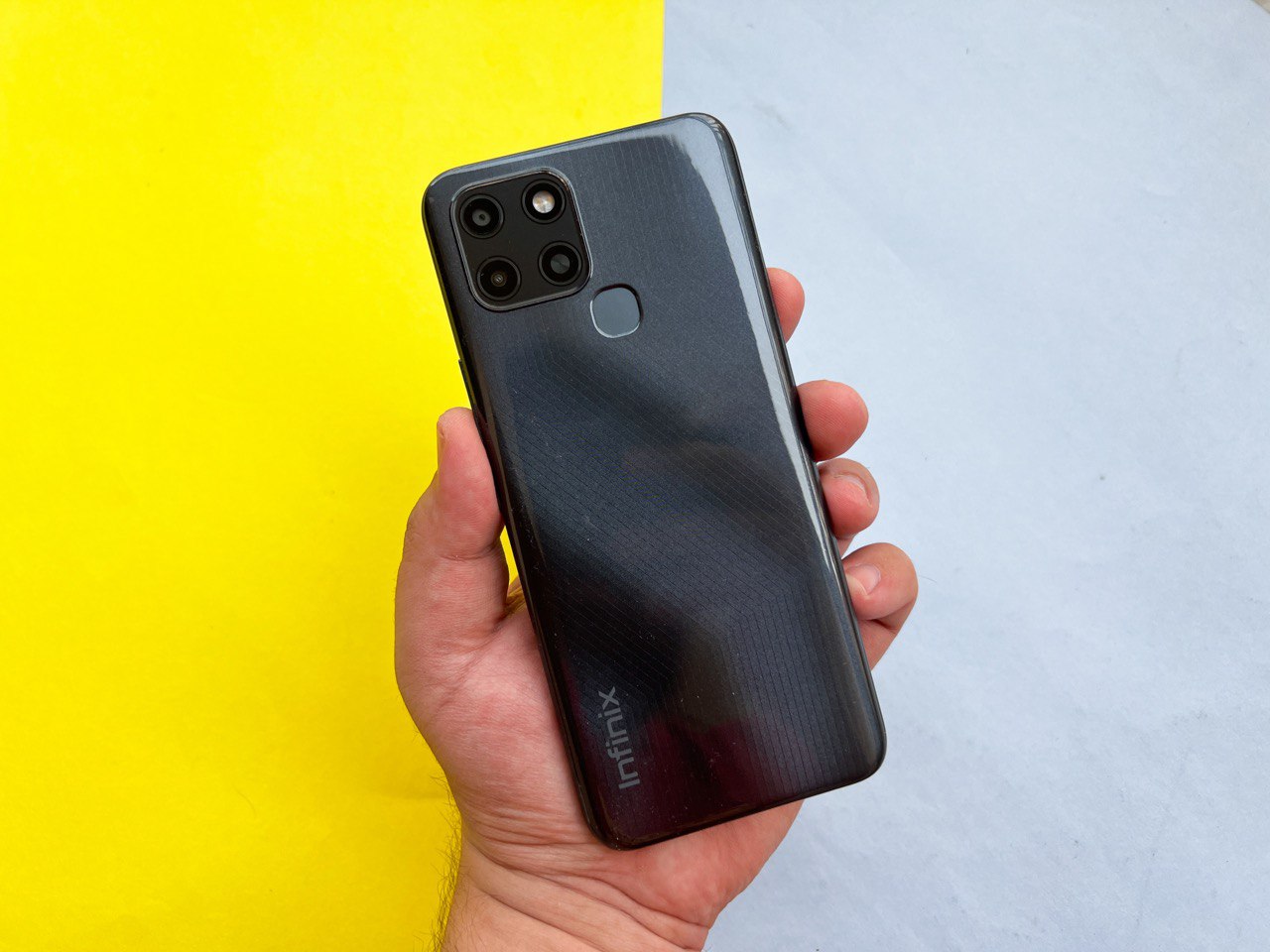




Good option for Gamers ?